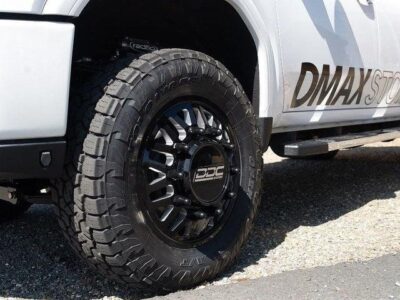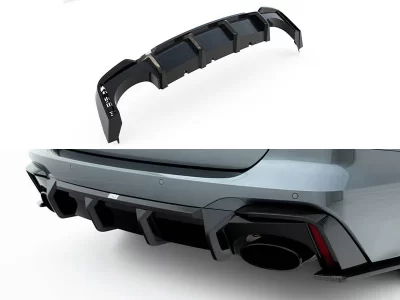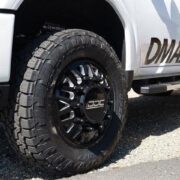Hunting a rare spec overseas—or just across the border—can unlock better pricing, colors we never got domestically, or cleaner provenance. But international purchases add layers: customs, compliance, documentation, and lender comfort. Use these nine tips to navigate import rules, titles, and funding like a pro.
1. Confirm legal eligibility before you fall in love
Start with the core import rule set for your destination country. In the U.S., the 25-year rule typically waives FMVSS requirements for older vehicles; newer imports may need show-and-display or full compliance—each with strict limits. In Canada, the threshold is often 15 years, but provincial registration can still vary. Map model year, VIN format, emissions equipment, and lighting to your destination’s requirements up front so your dream car doesn’t become a garage ornament.
2. Title and provenance: chase originals, not copies
Border agents and DMVs scrutinize ownership chains. You want the original foreign registration/title (or export certificate), a signed bill of sale, VIN-matching chassis/engine tags where relevant, and any lien releases. For restorations, keep invoices and photos. If the source country issues an export-only document, verify your destination DMV accepts it and whether translations or notarizations are required. A missing, mismatched, or “duplicate-only” title can stall registration—and lender approval.
3. Build a compliant paper trail—translate and notarize early
If documents aren’t in your destination language, commission certified translations now. Notarize bills of sale and power-of-attorney forms for shippers and brokers. Include engine/chassis number photos and plate stampings in your packet. Organized documentation shortens the gap between port arrival and registration, reducing storage fees and lender anxiety.
4. Choose a customs broker who speaks “collector”
A seasoned broker will classify the vehicle correctly (tariff code), calculate duties/taxes, and prepare EPA/transport forms. They’ll also advise on fumigation, cleaning standards (e.g., undercarriage free of soil), and any temporary import options for track or show use. Ask for a written checklist of their deliverables and timelines, including what you must present at the border. Broker missteps can mean surprise costs or re-export orders.
5. Pre-arrange transport that fits the car’s risk profile
Closed-container shipping reduces exposure for high-value cars; roll-on/roll-off can be cheaper but increases handling. Inland legs on either side require insured carriers comfortable with low-clearance vehicles. Get certificates of insurance with the car’s VIN listed, and photograph everything—underside, sills, rockers, and suspension pick-up points—before loading.
6. Align funding with the import timeline
Cash is simple, but many buyers prefer leverage to preserve liquidity. If you’ll be financing a collector car, have a lender that understands cross-border deals. Some will fund on a foreign title with escrow to the exporter; others require proof of customs clearance or a domestic title. Clarify when your lender will release funds (pre-export, at port, or post-clearance) and whether they accept broker escrow. Structure your dates—invoice, shipping, arrival—to match the funding window and avoid demurrage.
7. Appraisals, PPIs, and currency risk
For sight-unseen purchases, pair a specialist PPI with an independent appraisal acceptable to your lender and insurer. Request high-resolution photos of stampings, undercarriage, and panel fit. While negotiating, hedge currency risk: a small swing between offer and wire date can erase your savings. A forward contract or simply wiring promptly after agreement can help. Price exchange fees into your out-the-door model.
8. Taxes, duties, and emissions—budget the “last mile”
Import VAT/GST, excise duties, and environmental fees vary widely. Some jurisdictions credit foreign VAT if export is proven; others don’t. If your destination requires emissions or safety inspections before registration, book them in advance and budget for any retrofits (e.g., lights, markers, evaporative components). Don’t forget plate fees, title issuance, and initial insurance premiums, which may be higher for recently imported vehicles.
9. Plan your registration path—classic, historic, or standard plates
Historic or collector registration can reduce inspection burdens and taxes but may limit usage. Standard plates grant broad use but can demand stricter compliance and testing. Decide which category you’ll pursue and align documentation accordingly. Keep a binder—customs forms, bills of lading, broker invoices, PPI/appraisal reports, insurance binders, and photo logs—to make the DMV visit (and future resale) smoother.
Putting it all together
- Start with legality. Verify the car meets age or compliance pathways for your destination—before shipping quotes or lender discussions.
- Lock documents. Original title/registration, lien releases, certified translations, and VIN-photo evidence form your lifeline at customs and DMV.
- Orchestrate logistics. Choose a knowledgeable broker and appropriately insured transport; photograph and inventory thoroughly.
- Match money to milestones. Pre-negotiate lender release conditions, escrow mechanics, and currency timing so cash is ready when the container lands.
- Own the last mile. Budget taxes, duties, inspections, and potential retrofits; pick the registration route that fits your usage.
Cross-border buying rewards preparation. When paperwork is airtight, logistics sequenced, and funding aligned to the import clock, you keep negotiating leverage, minimize surprises, and accelerate your first legal drive. Done right, the only drama in your international purchase will be the first twist of the key.












Comments